Managing separation anxiety in dogs
As the world adapted to the COVID pandemic, we got to spend a lot more time with our dogs. And as restrictions begin to ease and life goes back to some sort of normal, it’s important to consider how less time at home with our pets will affect their mental wellbeing.
Separation anxiety can affect any animal, and it can have some seriously damaging effects if it’s not diagnosed and treated properly. In this article, we’ll explore the causes of separation anxiety, the signs to look out for in your dog, and the different ways you can help prevent and manage it.
What is separation anxiety in dogs?
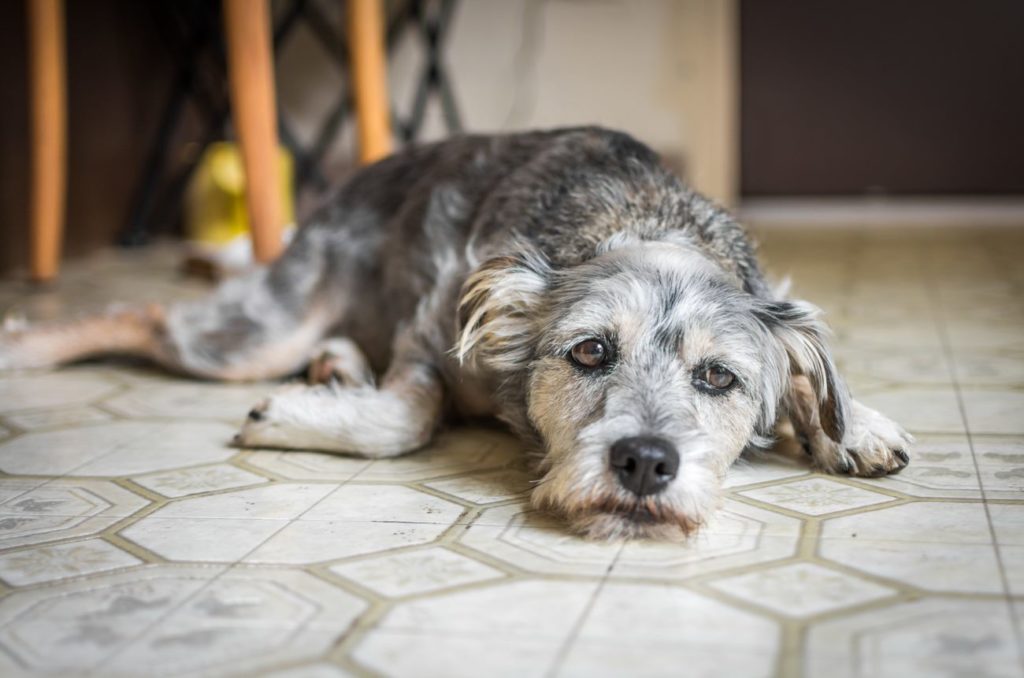
The term ‘separation anxiety’ refers to the state of distress a dog feels when separated from their owner. A dog suffering from separation anxiety is likely to show behavioural and physiological signs of distress, and essentially panics about being left alone. Some dogs show obvious signs of separation anxiety, but others don’t. That means, a number of cases sadly go undetected.
What causes separation anxiety in dogs?
Dogs are sociable animals with pack instincts, so being alone isn’t something that comes naturally to them. That said, with plenty of understanding and support from us, our dogs can learn to feel more positive about being by themselves.
The best time to teach positive associations with alone time, is when your dog is a puppy. Known as the Socialisation Window, this refers to the three to 12-week stage – a time when puppies’ brains are developing at lightning-speed.
It’s crucial at this point, that a puppy should learn to be by themselves. They need to be isolated but also feel positive and relaxed, or they could be prone to separation-related issues later down the line. Some dogs might show signs of separation anxiety later on in life, and there are many different reasons for this. Oftentimes, it’s due to a sudden change in routine.
‘Pandemic puppy’ concerns
In a recent study by The Kennel Club, only 52% of those who purchased a new puppy during lockdown admitted to not considering arrangements post-lockdown. In other words, they didn’t think about how they would look after their dog when they returned to work. Those who have been raising a young dog in lockdown could be in for some problems, as these puppies have never known separation before, and have missed the all-important Socialisation Training window.
What happens if separation anxiety is left untreated?
If left untreated, separation anxiety can severely affect a dog’s wellbeing. Your pet could experience the same kinds of issues a human with an untreated mental health problem would, and the behaviours associated with this can drastically compromise your relationship.
Spotting the signs of separation anxiety in dogs
We’ve listed the common signs of separation anxiety below.
- Shivering or shaking
As you get ready to leave the house (and afterwards), your dog may start shivering, shaking or cowering – all of which, are signs of anxiety. - Bad behaviour
If your dog is suddenly displaying destructive behaviour – chewing things, scratching walls, digging at floors – this could be a warning sign. - Going to the toilet indoors
A dog that’s usually toilet trained having indoor accidents would be a cause for concern. - Barking, howling or whining
Dogs experiencing separation anxiety are likely to be vocal while you’re away. If you’re worried, ask a neighbour if they’ve heard anything, or set up a video to record your dog while you’re out. - Restlessness
Anxiety in dogs can be disguised as restlessness. If your dog’s not settling or relaxing when you get home or before you leave, this could be the case. - Escape attempts
If your dog is trying to exit the house behind you, or digging at the front door mat, it’s a sign they’re trying to get to you. Similarly, they may try to block your exit or seek your attention as you’re getting ready to leave. - Lack of appetite
If your dog is eating less it could be a sign of low mood.
How to prevent separation anxiety in your dog

If you’re feeling nervous about restrictions easing, and the effect this could have on your dog, then there are some things you can do right now to make things a little easier when the time comes.
Just so you know, these are preventative measures designed to benefit dogs who aren’t currently showing signs of separation anxiety.
Top tips for a smooth transition
- Stick to a routine that’ll continue when lockdown lifts. That goes for meal times, exercise, comfort breaks, play and rest.
- If you’re working from home and will be returning to work when restrictions allow, start to give your dog attention and play when you’re enjoying a break, and encouraging them to settle elsewhere when you’re back at it. Give them a toy or a treat to occupy them in their bed while you’re working.
- Start getting your dog used to time on their own. Give them access to places they can be more isolated – such as a bedroom you don’t mind them being in – to help them get used to being by your side less.
- Start planning time apart. If you’re dog’s snoozing in the front room, go and spend some time in the garden, or make that trip to the shops last slightly longer. While you’re away, reward your dog with a tasty treat.
- Create a safe space somewhere nice and calm. You could put a cosy bed in here, some stimulating toys and a treat that’ll last a long time – it’ll help reinforce alone time as a positive experience. If you’ve got a puppy, start while you’re nearby, and increase the distance slowly.
Remember, it’s important to keep an eye on your dog’s behaviour and reactions if you’re using these preventative measures. If you start to see signs of stress or anxiety, you’re doing too much, too fast.
Treating dogs’ separation anxiety
Here’s what to do if you suspect your dog has a problem…
- Speak to your vet about being referred to a Certified Clinical Animal Behaviourist. They’ll give you a full diagnosis and a bespoke treatment plan, which will teach positive associations with being alone, and takes your dog’s behavioural responses and living circumstances into account.
- Minimise the time that your dog needs to spend by themselves.
- Don’t punish your dog’s behaviour for things like toileting indoors or scratching at the wall – if the problem is separation anxiety, this could make things much worse.
- Try a calming supplement that’s especially designed to reduce stress and anxiety in dogs.
A take-away…
Separation anxiety is one of the most common canine behavioural issues, and it often goes undiagnosed. The good news? Separation anxiety in dogs is treatable. Just be patient and things will start looking up for you and your pet before you know it.
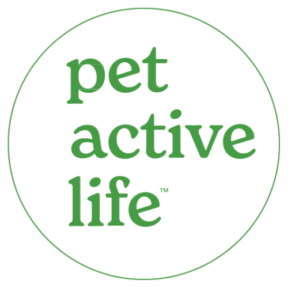
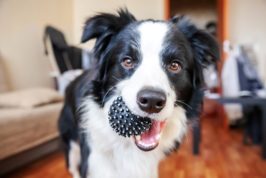
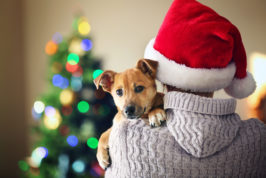
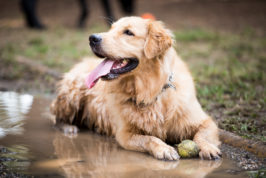

I have a bichon who is now 7 and I carnt go anywhere he carnt be left for 5 mins he soils the whole house got another dog to see if it will help him but no he’s had this problem from a pup and it’s getting we’re it’s hard to go anywhere for 5 min he carnt be left
Hi Carol, it does sound as though your puppy is suffering from separation anxiety. Have you spoken to a professional behaviourist? They could help her to be more confident and happy when left home alone. Behaviourists will be able to assess the problem and give you some interventions to put into place. She may also need medications to help her in the short-term, but a behaviourist will be able to talk about whether these are necessary once they’ve assessed her.
When choosing a behaviourist, take care. Anybody can call themselves a trainer or behaviourist with very little training, and a bad one will do more harm than good. Try to find a positive-methods behaviourist from the APBC or the ABTC, or ask your vet for a recommendation. Some pet insurance policies will cover behavioural issues if you use one of their approved trainers, so check your policy wording.
– Response by Dr Joanna Woodnutt
My dog barks when i leave him which is mainly a hour but neighbours have made a complaint to me about him and is threatening to take further but did not have gut to put their name